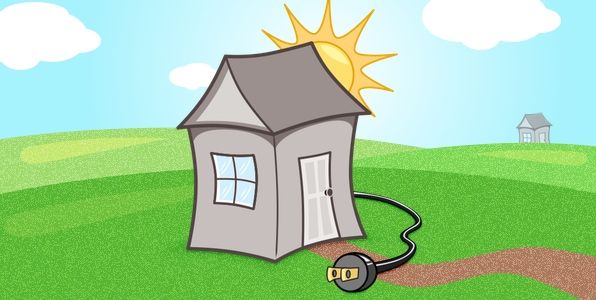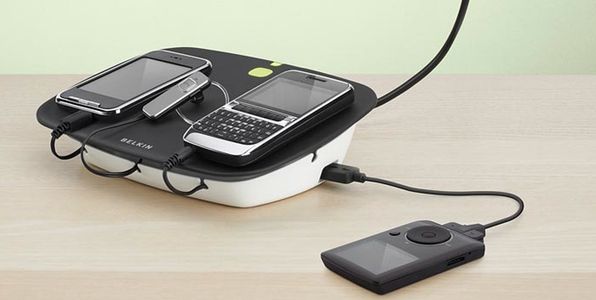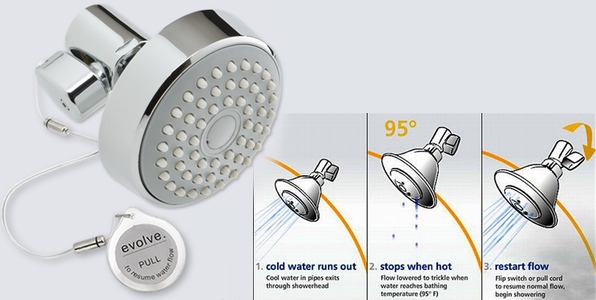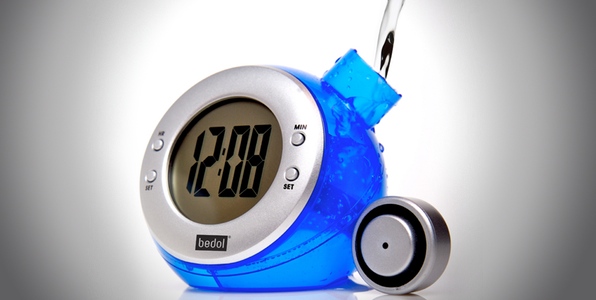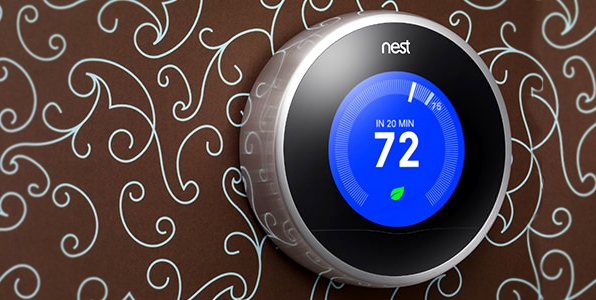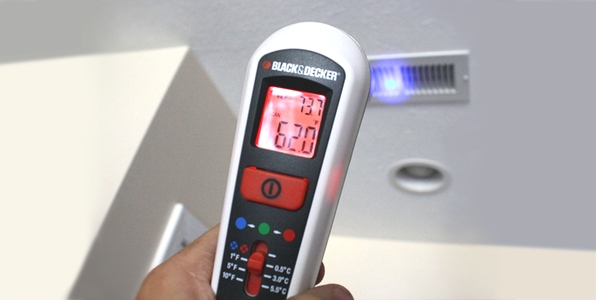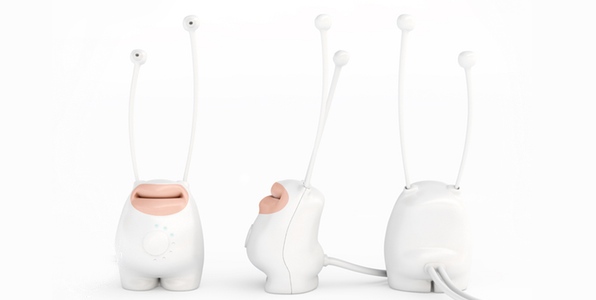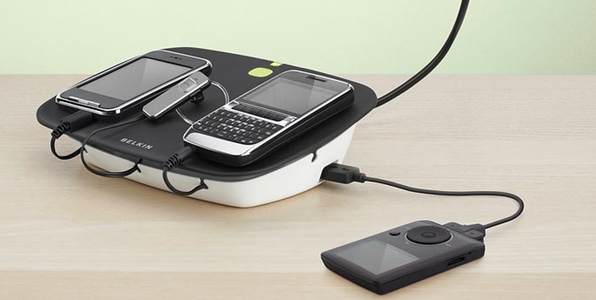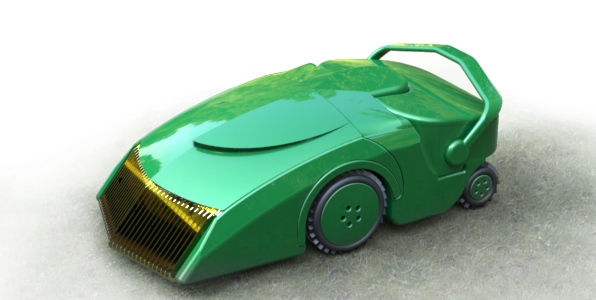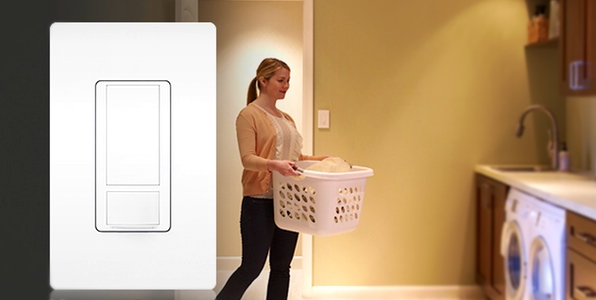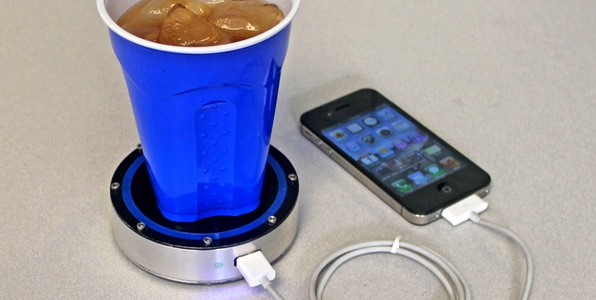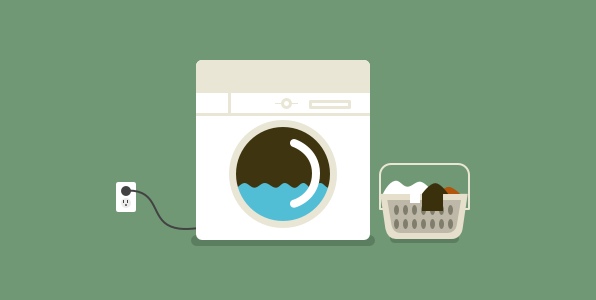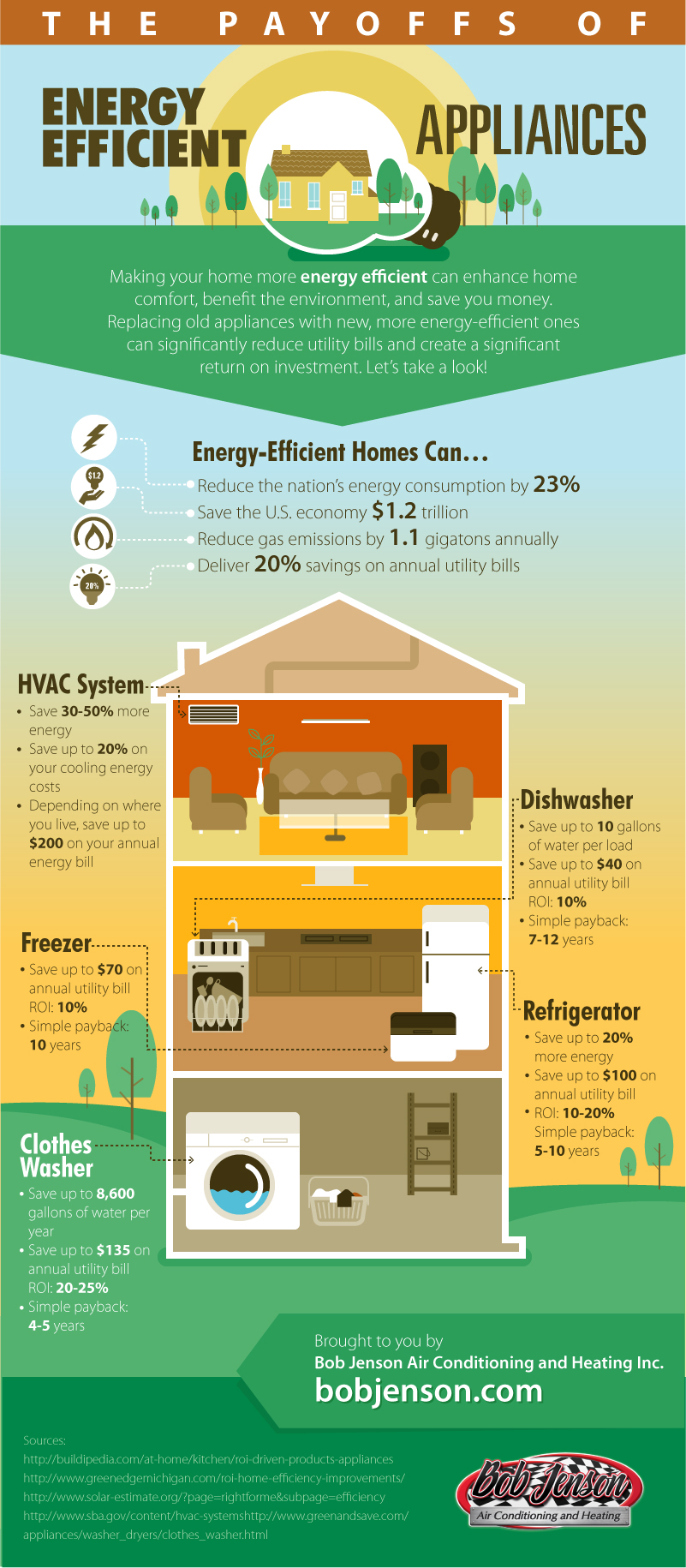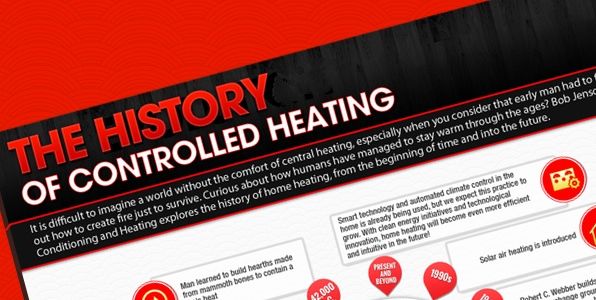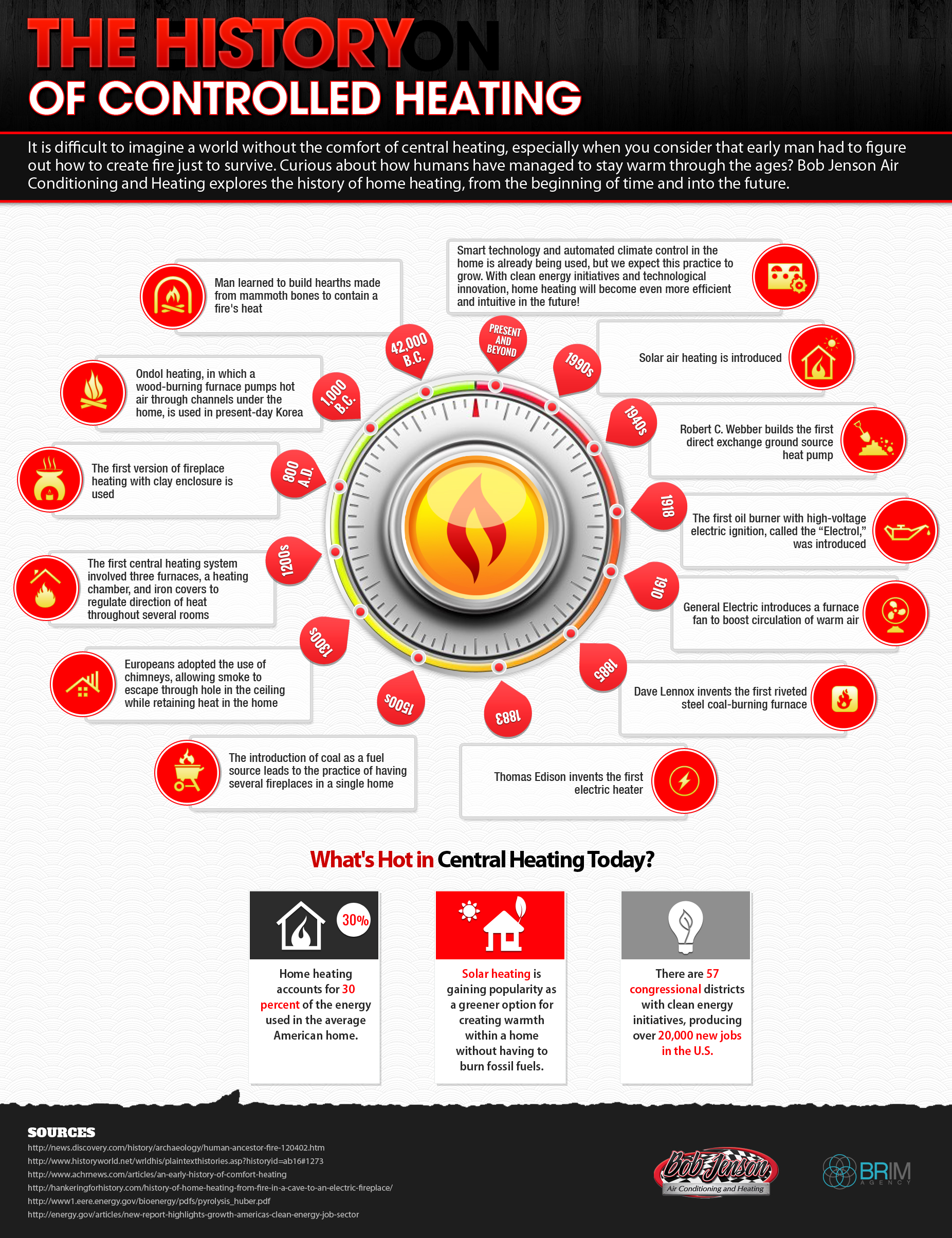10 Simple Ways Homeowners Can Save Money
How to stop wasting your cash on energy loss
Some of these ideas require little more than lifting your finger. Who knew saving money could be so easy? If you care about the little things adding up to big savings, check out these 10 easy ways to fatten your wallet.
1) Rent tools
When you have a small job to complete at home, look into renting the tools you will need instead of buying them all new. Some tools are smart investments, like hammers, screwdrivers, and levels. But when it comes to power tools or those that are specific to a certain job, it’s less expensive to just rent them, especially if you only plan to use them once.
2) Close closet doors
This cost-free energy saving idea just makes good sense. When closet doors are open, you are paying to cool or heat the square footage inside them. Make a conscious effort to keep them closed in order to save money on your energy bills.
3) Replace air conditioning filters
This is one of the simplest and least expensive ways to keep your air conditioning unit in top working order, yet it is often neglected. A good rule of thumb is to go ahead and change your air conditioning filter the same day of the month each month. This will keep your air conditioning unit running at top capacity and prevent expensive repairs down the road.
4) Consider a time-of-use budget plan
Call your electric and water companies and find out if either offers special rates for using electricity or water during off-peak times. Do the bulk of your high-energy tasks like laundry, showering, or watering the lawn during a cheaper time of day.
5) Unplug cords
Did you know that power cords are still using energy, even when they aren’t in use? The cord for your laptop, tablet and cell phone still racks up energy costs when it is not actually charging anything but is plugged into the wall.
6) Shop in the off-season
When possible, wait and buy household items when they are technically off-season. This could mean buying gardening equipment in late summer/early fall to keep for the following spring, or holiday decorations when they go on sale directly after the season.
7) Use ceiling fans
This may seem like a good way to spend more energy, but it can actually help you conserve it by allowing you to run your air conditioner or furnace less. The ceiling fans helps to circulate and maximize the cool or hot air, keeping your rooms temperature controlled more quickly and easily.
8) Never skip a HVAC tune-up
The best way to prevent costly repairs on your air conditioning and heating systems is by maintaining them with regular professional tune-ups. Have one just before the summer season starts and have one before the fall season.
9) Comparison shop
Take the time to research the large and small household purchases you make, from light bulbs to wood flooring, and find the best value. This doesn’t mean to always go with the cheapest option, but it means to take the time to find out which items are of the highest quality for the smallest price.
10) Replace your furnace or water heater
This is perhaps a little more expensive than some of the other items on this list, but it will end up saving you money in the long run—through efficiency and tax credits from the federal and state government. The money you will save on fuel over time also makes either of these upgrades, installed by a professional, a great investment.
